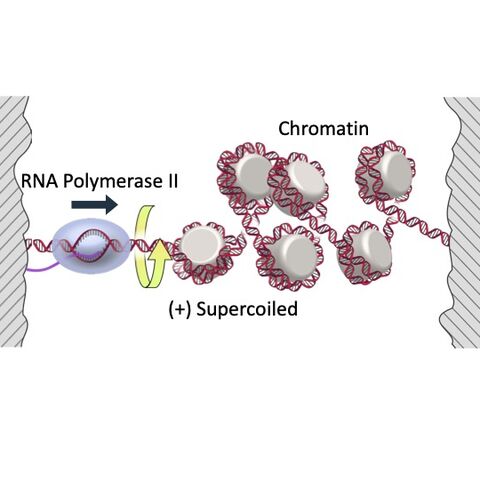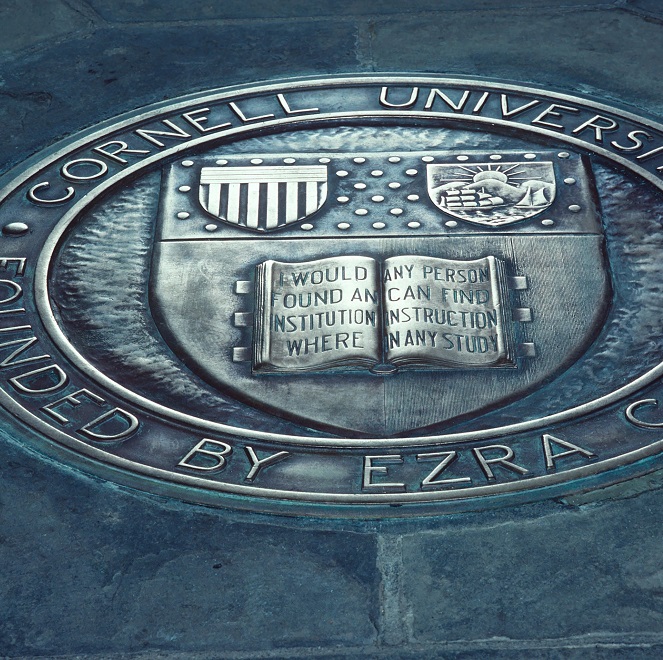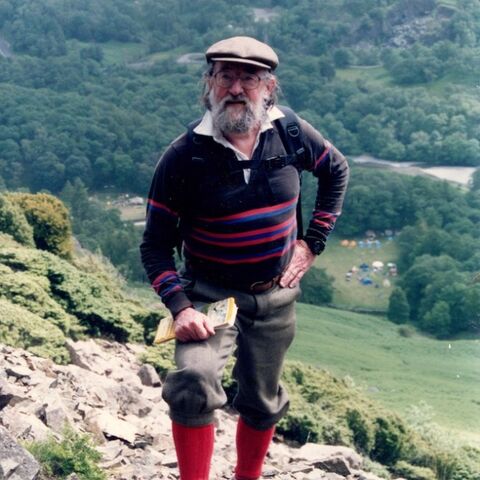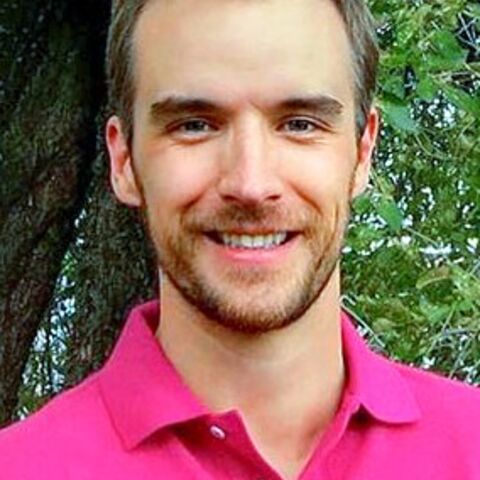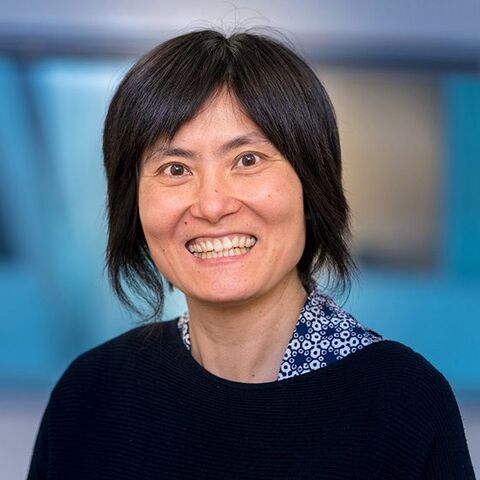News
Full listing
November 12, 2025
A pulse of light sets the tempo in the material. Atoms in a crystalline sheet just a few atoms thick begin to move – not randomly, but in a coordinated rhythm, twisting and untwisting in sync like dancers following a beat.This atomic choreography, set in motion by precisely timed bursts of energy, happens far too fast for the human eye or even traditional scientific tools to detect. The entire sequence plays out in about a trillionth of a second.
November 11, 2025
John Reppy, John L. Wetherill Professor of Physics Emeritus in the College of Arts & Sciences, has received the 2026 Oliver E. Buckley Condensed Matter Physics Prize. The award, which recognizes and encourages outstanding theoretical or experimental contributions to condensed matter physics, consists of $20,000 and is awarded annually.
October 13, 2025
Cornell physicist Brad Ramshaw has been named a 2025 Experimental Physics Investigator – a prestigious national recognition awarded by the Gordon and Betty Moore Foundation to a select group of mid-career researchers pushing the boundaries of experimental physics. The award provides $1.3 million over five years to support bold, high-impact experiments that advance our fundamental understanding of the universe.
September 29, 2025
Jane Wang, Professor of Physics and LASSP faculty member, was honored for "original and innovative work on insect flight that provided fundamental insights into unsteady aerodynamics, flight efficiency, flight stability, and neural control, and for opening new dimensions of research in biological fluid dynamics."
September 23, 2025
Introductory physics labs are a little different at Cornell. Instead of doing labs that demonstrate physics concepts they already know to be true, first-year physics students conduct experiments to discover answers for themselves. This approach, developed through eight years of active learning work at Cornell, emphasizes how experimental physics works and builds skills and understanding, said Natasha Holmes, the Ann S. Bowers Associate Professor of physics in the College of Arts and Sciences.
July 29, 2025
The U.S. National Science Foundation (NSF), in partnership with Intel, will invest $20 million over five years to establish the Artificial Intelligence Materials Institute (NSF AI-MI) at Cornell, as part of the National Artificial Intelligence Research Institutes. The NSF announced the investment on July 29.Directed by Eun-Ah Kim, principal investigator (PI) and the Hans A. Bethe Professor of physics in the College of Arts and Sciences (A&S), NSF AI-MI will accelerate and transform the discovery of new materials to be used in sustainable energy, advanced electronics, environmental stewardship and quantum technologies by integrating human scientific expertise with AI methods.
July 14, 2025
The quantum computing revolution draws ever nearer, but the need for a computer that makes correctable errors continues to hold it back.Through a collaboration with IBM led by Cornell, researchers have brought that revolution one step closer, achieving two major breakthroughs. First, they demonstrated an error-resistant implementation of universal quantum gates, the essential building blocks of quantum computation. Second, they showcased the power of a topological quantum computer in solving hard problems that a conventional computer couldn’t manage.

